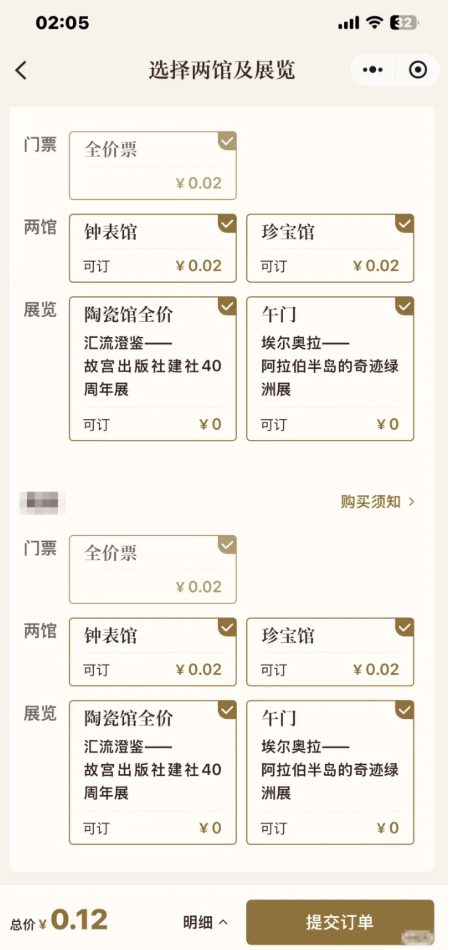
Located in the northeast corner of the Forbidden City, Gyeongbokgung Palace was once the residence of Emperor Qianlong after he returned to power. It is also an architectural heritage within the Forbidden City that integrates the "Eight Great Masterpieces" of garden design and official ancient building construction techniques.
Since 2018, the Mercedes-Benz Star Wish Foundation has partnered with the Palace Museum to support the "Gyeongbokgung Palace Research-Based Conservation" project. This marks the first large-scale, systematic restoration of Gyeongbokgung Palace in a century, and serves as a model for future conservation efforts in ancient Chinese architecture.

Why does Mercedes-Benz support such a project? In the workshops of Mercedes-Benz 4S stores, we can see that Mercedes-Benz's customer service and maintenance processes are all based on the same adherence to the "Eight Major Works", with no compromise and no carelessness.
At the Beijing Penglong Xinghui 4S dealership, service consultants and technicians invite car owners to embark on a "pre-inspection" journey. Here, the Mercedes-Benz after-sales team often compares themselves to the vehicle's "doctor," and the core of the pre-inspection process is "looking, listening, asking, and feeling."
"Look", the technician and the customer's eyes brush over the lines of the car body, not missing the slightest scratches, dents...

"Smell". When starting or running the vehicle, the technician will guide the customer to pay attention to whether the exhaust emissions have unusual odors, or whether there are special smells produced by burning or leakage in the engine compartment. These smells are often silent alarms of potential problems.
"Asking" is a patient and professional communication. The technician will listen carefully to the car owner's description of the little things in daily driving. Every detail is an important clue to trace the root cause of the problem.
"Touch" refers to the perception and judgment of the fingertips. The technician will guide the customer to touch the hood to feel the smoothness of the engine running, and gently stroke the car body to feel abnormal vibration frequencies.
Through this four-step "full-body checkup," the technician and the vehicle owner work together to decipher a detailed "physical examination report," pinpointing the vehicle's current problems. Ultimately, with full knowledge and understanding, the vehicle owner can independently select the repairs they need that day, achieving a "clear and informed purchase."
To make the insights gained through “looking, listening, asking and feeling” more concrete and authoritative, Mercedes-Benz has equipped its dealers with a special pre-inspection toolbox. This seemingly inconspicuous box is like a “treasure chest” that reveals hidden wear and potential faults, turning problems that were originally difficult to perceive into solid evidence that customers can witness and experience with their own eyes.

For example, a brake fluid moisture detector. Technicians explained that although brake fluid is sealed within the system, water vapor, ubiquitous in the air, slowly seeps in over time through condensation. Once the brake fluid's water content exceeds the specified limit, its boiling point drops significantly, making it prone to boiling and vaporizing during high temperatures generated by emergency braking. This can cause a significant drop in braking force and pose a significant safety hazard.

At this time, the technician will insert a test pen into the brake fluid pot. If the water content in the fluid exceeds the safety threshold, the instrument will immediately sound an alarm.
Another example is a tire tread depth gauge. When a technician inserts it into the bottom of a tire's drainage groove, the clear markings on the groove's sidewall indicate the current tread depth. Once the reading falls below 3mm, the internationally recognized safety threshold, the tire's grip and drainage performance have significantly deteriorated, making it particularly prone to slipping on wet roads and requiring replacement.
Next to the pre-inspection workshop, a sectioned painted structural panel reveals Mercedes-Benz's unwavering commitment to "original quality." Seven layers of precisely applied coating create a "skin of steel" for the vehicle.
In contrast, unauthorized roadside repair shops often use extremely simplified processes, perhaps only three layers, and use materials of varying quality. The result is inevitably color variation in the short term, and after a year or two, the paint may yellow, fade, or even peel and rust.
Mercedes-Benz also adheres to the stringent standards of original equipment manufacturer certification when selecting tires that are crucial for driving dynamics and safety. A common question from customers is: Why is it so important to choose tires bearing the "MO" (Mercedes-Benz Original Equipment Manufacturer) logo, even for the same brand, size, and model?
Because tires that receive "MO" certification are designed and developed through a process deeply tied to Mercedes-Benz engineers, the tire's tread groove design, rubber compound, internal structure, and even the carcass cord angles are optimized through countless simulations and real-world vehicle testing.
From the "look, listen, ask, and feel" approach to inspection to the pre-inspection toolbox, from the seven-layer paint job to the "MO" tire, there's an almost obsessive rigor. This rigor has established a set of rigid standards that are solid, quantifiable, visual, and personally experiential for customers.

From the eternal peace of the Yongfu Palace in the Forbidden City to the journeys of Mercedes-Benz owners, humanity's pursuit of eternity remains unwavering. One of the values of the Mercedes-Benz after-sales system is to transform this pursuit into tangible trust through its high standards.


